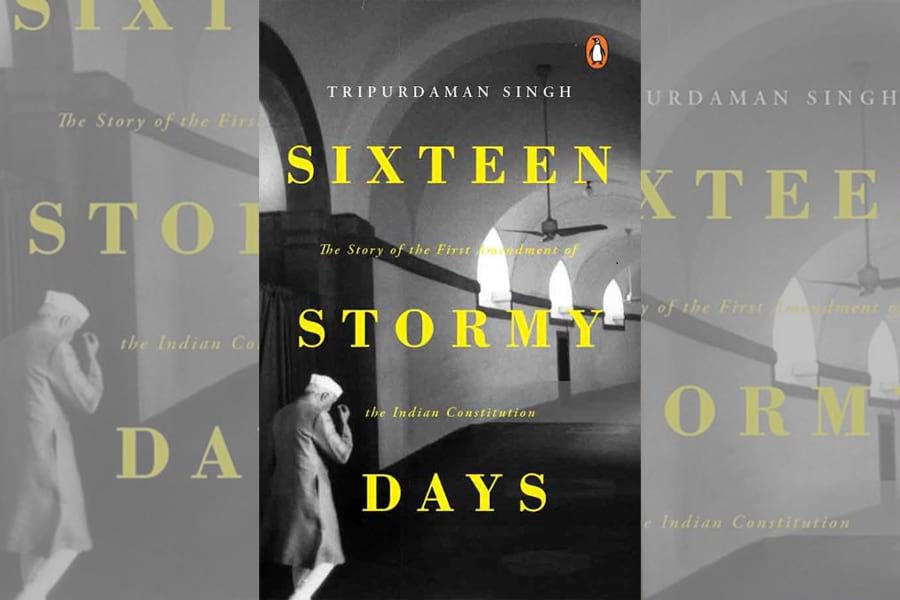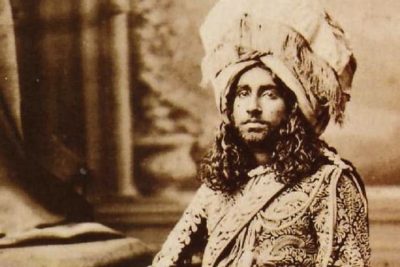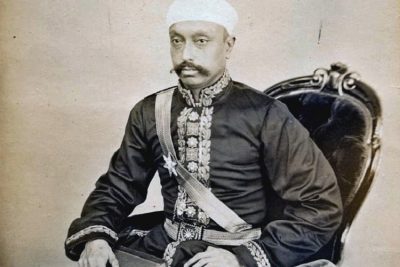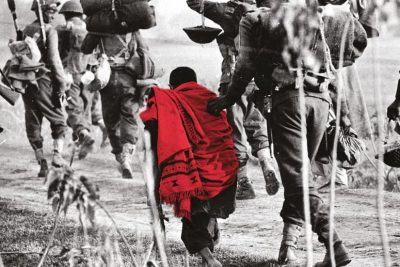Sixteen Stormy Days- The Story of the First Amendment to the Constitution of India by Tripurdaman Singh
Share
 Amendment to the Constitution of a newly built democracy could be a stride towards advancement or deterioration, depending on the nature of the reform. One such reform was the Land Reform, promised by the freshly formed Government of India to its people. And this is the core issue discussed by Tripurdaman Singh, in his book ‘Sixteen Stormy Days’.
Amendment to the Constitution of a newly built democracy could be a stride towards advancement or deterioration, depending on the nature of the reform. One such reform was the Land Reform, promised by the freshly formed Government of India to its people. And this is the core issue discussed by Tripurdaman Singh, in his book ‘Sixteen Stormy Days’.
“The amount of freedom of expression that is allowed or indulged in by the press can hardly be exceeded in any country in the world. I shall be quite frank with you. Much that appears because of that freedom seems to me exceedingly dangerous from many points of view. Nevertheless, I have no doubt in my mind that the freedom of the press from the larger point of view, is an essential attribute of the democratic process.” ― Jawaharlal Nehru
Initial hurdle in the implementation of the reform was the delaying of Bihar Land Reforms Act by the judiciary, and another trouble was brewing up. The Zamindari Abolition and Land Reforms Bill were placed in the UP Legislative Assembly on 10 January 1950. It was opposed tooth and nail by the Democratic Party – the splinter group of congress. The Bill was hastily revised and got approved by the President, Dr. Rajendra Prasad, on 24th Jan’ 1950. Congress projected it as a victory for the farming community. But, more than 4000 Zamindars took the matter to court, calling it an infringement on Fundamental Rights.
“The new republican government, much like its colonial predecessor, was finding it excruciatingly difficult to function within constitutional bounds”
The Maharaja of Balrampur and Kapurthala, P R Das, deposed that the ‘state policy’ couldn’t be treated as ‘public purpose’. Nor could the assent of the President change ‘unconstitutional’ to ‘constitutional’. The Allahabad Court ruled that the properties couldn’t be vested in state till disposal of all petitions put up against the ‘Act’. This was a huge setback for the Congress. A meeting of Congress working committee was held on 25th Jan’ 1950 in New Delhi.
“Sardar Patel had interpreted Nehru’s conception of his own role as prime minister to be ‘wholly opposed to a democratic and cabinet system of government’.”
Nehru said that parliament represented the will of people and must have a way unbridled by the press and the Judiciary. Ironically, ‘constitutional validity’ of the proposed law was never challenged by the court. It only pressed for legal procedures to run their course. But Nehru’s view, the slow-moving procedures were a drag on democracy, prevailed. And the task of amending constitution began in right earnest.
“In this way, Mukherjee concluded, the government would be able to both draw up legislation imposing restrictions on fundamental rights, and preclude the need to justify the reasonableness of such legislation before the courts.”
A 14th Feb 1951 press release described it a benign exploratory exercise. Press was playing on falsehood and indecency, Nehru said. Some issues of national importance, he added, aught to be immunized to judicial view. So, Article 13 on fundamental rights, and article 14 on equality before the law, must be fine-tuned in line with social reforms.
“Instead, on 26 January 1951, India awoke to the headline ‘Zamindari Abolition in UP Stayed: Allahabad High Court Issues Injunctions.”
On 12 March 1951, the Patna high court declared Bihar Land Reforms Act as unconstitutional. The Bihar government’s argument that it had the president’s approval, was rejected.
This was another setback that would delay the manifestation of the reform. Ambedkar sympathized with Nehru and felt that amendment could be carried out for speedy execution of state policy. Constitution, finally, would bend to peoples’ will.
“Nehru had been told by several members in no uncertain terms that to attract more people to the Congress, it was imperative that the government implemented the party’s social and economic programmes. Zamindari abolition and land reform were a critical part of this programme, the central pillar of its social and economic agenda.”
The Calcutta high court in the meanwhile ruled that the government must pay for the acquired property as per the existing market rates, and not arbitrarily. Retaining the word ‘reasonable’ in Article 19 was mooted. The word ‘reasonable’, attached to liberties, felt Congress, would be a hurdle as judiciary may have a different view of what is ‘reasonable’.
The book is racy without missing on significant details of the story. Now that India has had a total of 103 amendments to its constitution, it is fascinating to know how the ball was set rolling. Tripurdaman Singh with Sixteen Stormy Days makes the early days of Indian Republic come alive with deep insight. A must-read for intellectuals, as well as the common man.













